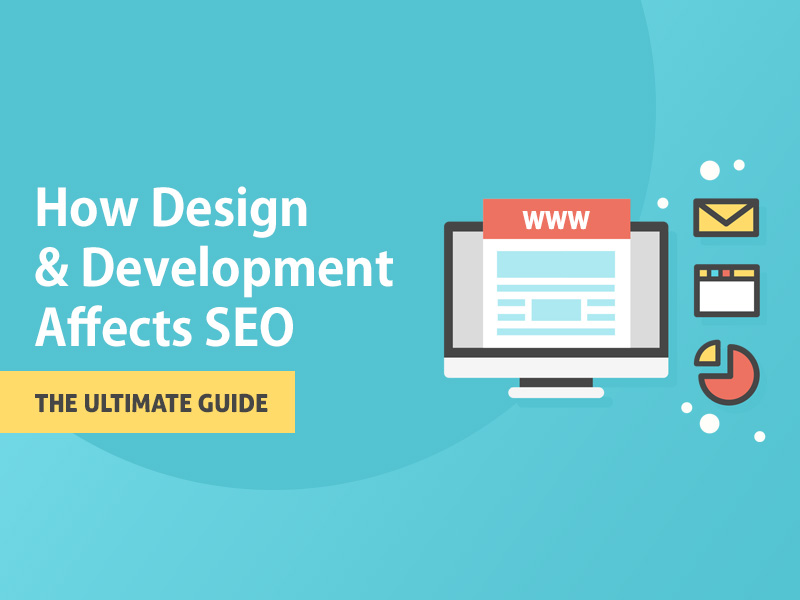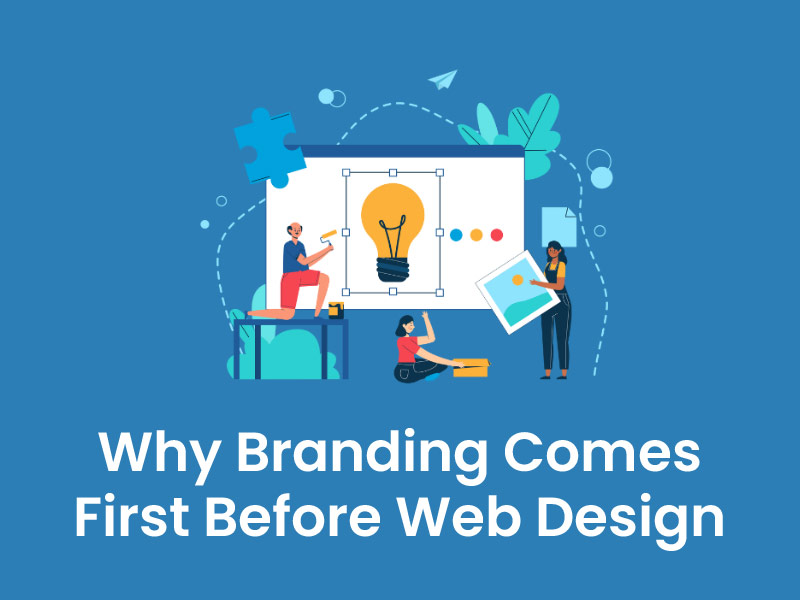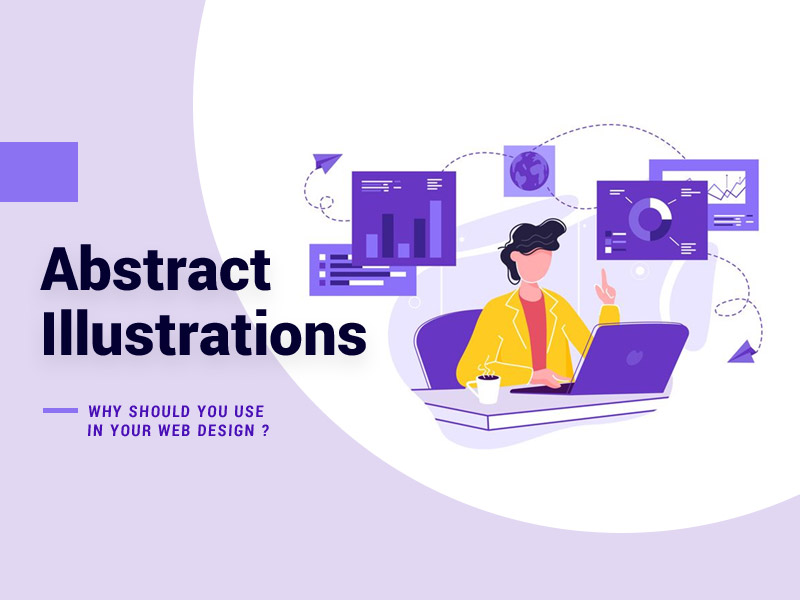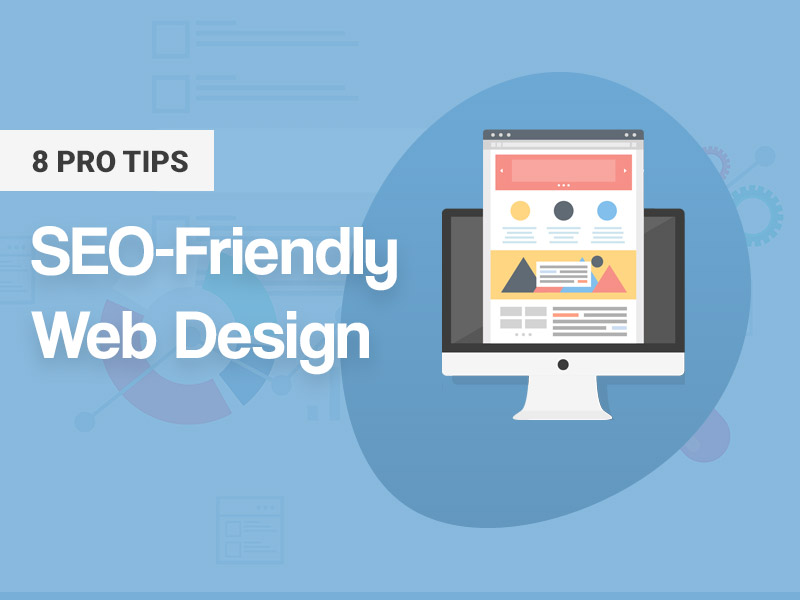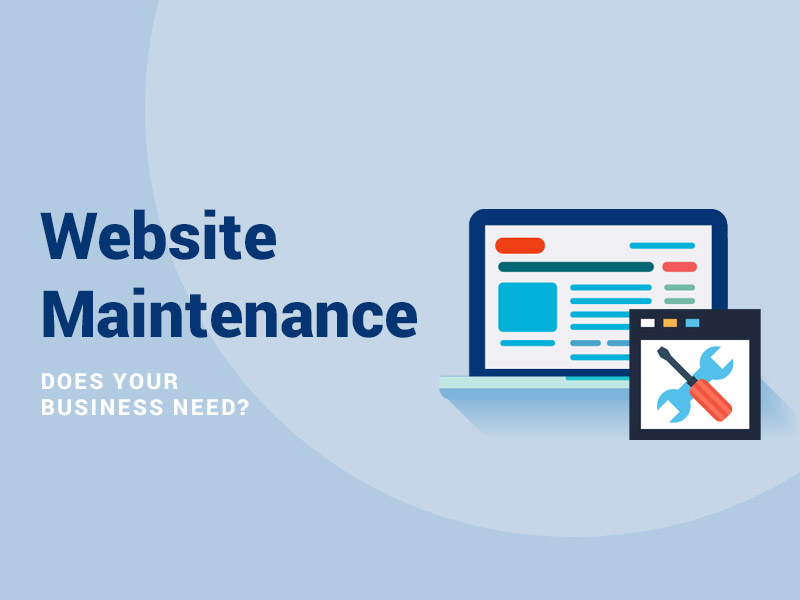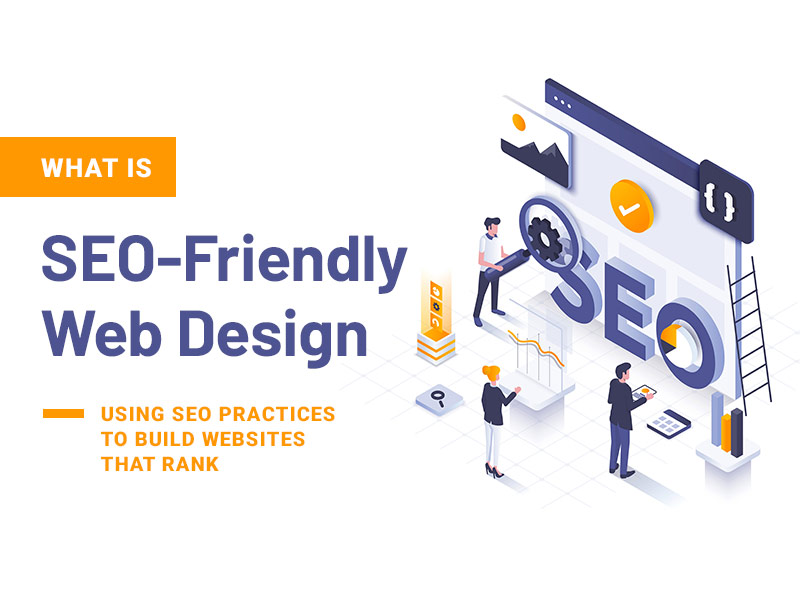When we talk about web design, we visualize programmers typing complicated codes to design the website. Well, that is how a website is designed. Designing a website to look creative and glamorous was the only goal in the early days.
But, now the landscape has changed. Today, the goal of a website design is not limited to make it look attractive and appealing but also optimized for search engines.
Today, creating a website means you want to rank your website higher on the search engines. This is where the concept of website optimization comes into the frame.
What is Website Optimization?
Website optimization is the process of using web design best practices, tools, strategies and improving the performance of your website. One of the most crucial aspects of website optimization is Search Engine Optimization (SEO).
SEO helps the website’s several web pages rank on SERPs for specific keywords, thereby enabling your prospects’ audiences to find your brand easily.
Another important aspect of website optimization is On-Page Optimization. It directly connects with SEO and website optimization to give the best results. On-Page Optimization ensures that the prospect that has landed on your page gets the best user experience.
Why is Website Optimization Important?
Websites used to be a digital platform where the audiences could collect all the relevant information about the brand and business. However, in the past decade, the website has transformed itself into an online place where consumers can make their buying decisions and purchase the products.
Global Economic sales have jumped to $26.7 in 2021; pandemic has helped the e-commerce market grow. Today, the internet has become a go-to destination for all kinds of business. Hence, it has become necessary for even small businesses to optimize their website to compete in the market.
If you do not optimize your website and your content for the right keywords, it doesn’t matter how many people search for your business; your site won’t appear in the search results.
In that light, if you are looking for an agency that can help you create a website that is not only creative but also SEO optimized, Igloo might be able to help you out. To know more, view website.
How A Web Design Affects Your Site’s SEO Performance?
Considering that website design helps the website look attractive, SEO helps the website get found on the internet.
You might have always considered web design and SEO as two different entities altogether. However, that is not the case. Although designers and SEOs perform different tasks, their tasks complement each other and help improve a website’s bottom line.
That’s why, if you are thinking of designing or redesigning your brand website, it is vital to know how a webs design affects the site’s SEO performance.
1. Conversion
The main purpose of having a good web design is to ensure your consumers spend less time with the fumbling of the products and services and getting easy access to what they are looking for.
For instance, making a separate contact information page for the visitors ensures they can get in touch with you with a single click. In addition, maintaining a separate webpage for the contact information means your visitor won’t need to visit the whole website for the information.
When a user finds the web design too clunky, they go somewhere. Therefore, while designing a web design, you must be aware of the following red flags.
- Poor load time.
- Too many ads popping up.
- Bland design.
- Complex layout.
2. Visibility On The Search Engine
What good is a website with a beautiful aesthetic design but has no audience to appreciate? Unfortunately, that is what will happen if you don’t design your website for SEO.
Considering SEO factors while developing your business website is important. It helps your website to secure a higher ranking on the SERPs. One of the best ways to design your website for SEO is to make it highly responsive.
For instance, your website needs to be flexible enough to load on all types of platforms, browsers, and devices. In addition, designing a website that caters to a larger pool of audiences solidifies your SEO fundamentals.
3. Enhance Brand Identity
Website is the first point of contact for audiences in the digital age. Hence, having an appealing web design ensures that your brands remain ahead of the pack. You must understand that we humans are visually encouraging beings; we feel attraction towards things that appeal to our eyes.
Therefore, you must use quality web design with bright colors and visual effects. The color helps the brand connect with the audience at an emotional level. In addition, being consistent with your approach will establish a brand identity for your business. This can range from making sure that each page is uniform and follows the same template to using a HTML5 online media player to ensure that any embedded videos can play correctly and in the same format on any browser.
Here are a few things that will make your website look credible.
- Updated content.
- FAQ sections.
- Thought leadership through articles.
Fundamental Elements Of Web Design That Impact SEO
Google recognized human behavior when it comes down to filtering quality websites for the top search engine rankings. You must be wondering, how? The answer is usability and web design.
Your website cannot rank on the top SERPs by only SEO; for that, you need to couple your SEO effort with effective web design. Below we have highlighted some of the best web design practices that enhance websites performance on search engines.
1. Simplify Your Navigation
The smoother your navigation process is, the better your visitor experience will be. This sends a positive signal to the search engines and helps boost SEO rankings.
2. Easy Web Design Layouts
When you visit two different websites, you can instinctively tell that one website’s content is better than the others, despite having the same content. This is all because of the layout design. Layout design helps you format the content in the most appealing way. Therefore, if you are designing a website, consider the layouts as well.
3. Optimize Site’s Load Speed
Have you ever noticed that you hardly wait for more than three seconds for a website to load? When that does not happen, you simply close the tab. Well, you are not the only one doing this. Today, the site’s speed decides the bounce rate of the website. In fact, fast-loading websites are pushed higher in the SERP rankings.
4. Mobile Responsiveness
More than 70% of internet searches happen from mobile devices. Hence, you must optimize your website design for mobiles. You can check the mobile responsiveness of your website by using the Google Mobile-Friendly Testing Tool.
Conclusion
Your website is simply more than just a place on the internet. It has become a visual representation of your brand. In this digital era where everybody is looking for a solution online, a high-performing website is fully capable of making or breaking your business.
There, you must optimize your website for both the audiences: Search Engines and Targeted Audiences.
